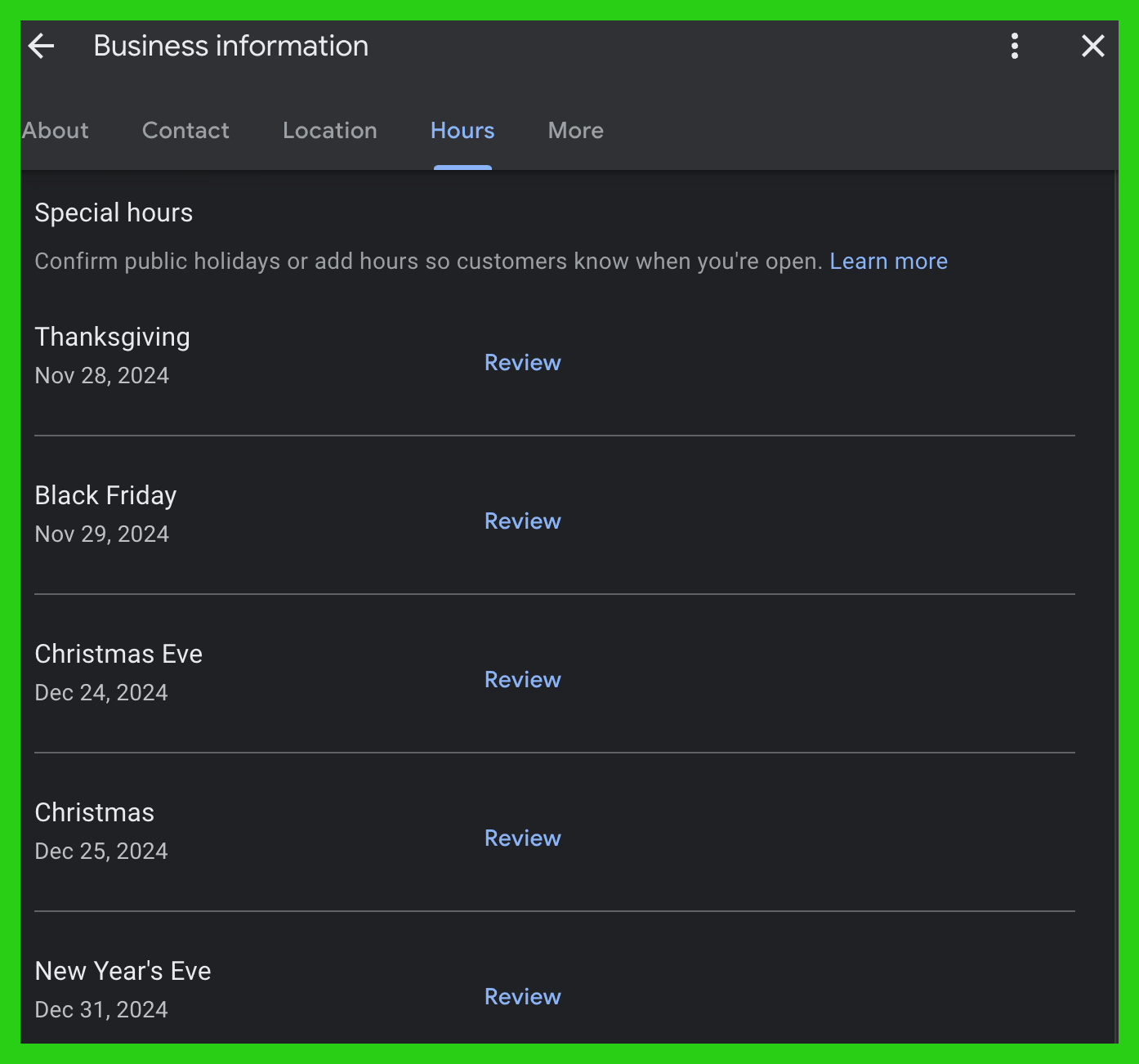Pest Control
Pest Control Marketing: Strategies to Dominate Your Local Market
Danny Leibrandt
Monday, September 2, 2024

In the competitive pest control industry, effective marketing is the key to standing out and attracting customers. With increasing reliance on online searches and customer reviews, businesses need to combine traditional approaches with cutting-edge digital strategies to grow their brand and generate leads.
Here’s a comprehensive guide to pest control marketing, covering proven methods to help you dominate your local market.
1. Optimize Your Google Business Profile (GBP)
Your Google Business Profile is one of the most powerful tools for local visibility. It helps your pest control company appear in Google Maps and the local pack when potential customers search for services in your area.
Tips for GBP Optimization:
Add accurate business details: name, address, phone number (NAP), and hours of operation.
Use high-quality photos showcasing your team, vehicles, or completed jobs.
Add detailed descriptions with relevant keywords like “termite control in [city].”
Regularly post updates, promotions, and service announcements.
Encourage customers to leave reviews and respond promptly to feedback.
2. Build a Mobile-Friendly Website
Most pest control customers search for services on their phones. A mobile-friendly website ensures you don’t lose leads due to poor user experience and overall pest control branding.
What to Include:
Easy navigation with clear calls-to-action like “Call Now” or “Request a Free Quote.”
Dedicated pages for each service you offer, such as termite inspections, rodent control, and mosquito prevention.
Location pages targeting areas you serve, optimized with local keywords.
A fast-loading design—aim for under 3 seconds.
Pro Tip: Use a responsive design to ensure your website looks great on all devices.
3. Invest in Local SEO
Local SEO is essential for pest control businesses that serve specific geographic areas. It ensures you appear in local search results when customers look for pest control services.
Strategies for Local SEO:
Use geo-specific keywords like “pest control in Austin, TX” in your website content.
Build local citations by listing your business on directories like Yelp, Angi, and Thumbtack.
Optimize your website’s meta titles and descriptions with location-based phrases.
Add schema markup to highlight your location, services, and reviews.
4. Run Pay-Per-Click (PPC) Advertising
PPC ads, especially through Google Ads, are a quick way to attract high-intent customers. These ads appear at the top of search results, making them ideal for competitive terms like “emergency pest control near me.”
How to Optimize PPC Campaigns:
Use location targeting to focus your budget on areas you serve.
Highlight special offers, such as free inspections or discounts on first services.
Use ad extensions like call buttons and site links to increase click-through rates.
Continuously monitor and refine campaigns based on performance metrics.
5. Leverage Social Media Marketing
Social media platforms like Facebook and Instagram offer excellent opportunities to connect with your audience and showcase your expertise.
Social Media Ideas for Pest Control:
Post educational tips, like “How to Prevent Termites in Spring.”
Share before-and-after photos of pest control jobs.
Run contests or promotions to encourage engagement.
Use Facebook Ads to target local homeowners with seasonal offers.
Pro Tip: Join local community groups to answer questions and promote your services subtly.
6. Use Email Marketing to Nurture Leads
Email marketing is a cost-effective way to stay in touch with potential and existing customers. It’s particularly useful for seasonal reminders and promotions.
What to Send:
Tips for preventing pests during different seasons.
Discounts or special offers for repeat customers.
Updates on new services or service areas.
Pro Tip: Segment your email list to send personalized messages based on customer history.
7. Highlight Customer Reviews and Testimonials
Reviews are critical for building trust and converting leads. Potential customers often rely on reviews to decide which pest control company to choose.
How to Manage Reviews:
Actively request reviews from satisfied customers.
Respond to all reviews to show you value feedback.
Highlight positive testimonials on your website and social media.
Pro Tip: Use platforms like Yelp, Google Reviews, and Facebook to gather and display reviews.
8. Create Video Content
Videos are a highly engaging way to educate potential customers and build trust. They can be used on your website, social media, and even in PPC campaigns.
Video Ideas:
How-to videos, like “How to Identify a Termite Infestation.”
Behind-the-scenes looks at your pest control process.
Customer testimonials recorded on-site after a successful job.
Pro Tip: Keep videos under 2 minutes for maximum engagement.
9. Track and Measure Marketing Performance
Marketing is only effective if you track results and adjust strategies based on data. Use tools like Google Analytics, Google Ads reports, and call tracking software to monitor performance.
Metrics to Monitor:
Website traffic and bounce rates.
Keyword rankings and local pack visibility.
Conversion rates from PPC and social media campaigns.
Customer actions like calls, form submissions, and quote requests.
10. Stay Active in the Community
Local involvement can help build your brand and establish trust. Sponsor events, join local chambers of commerce, or participate in community initiatives to boost your visibility.
Final Thoughts
Effective pest control marketing requires a mix of online and offline strategies tailored to your local audience. By optimizing your website, investing in SEO and PPC, leveraging social media, and building trust through reviews, you can attract more pest control leads and grow your business.
At Pest Control SEO, I specialize in helping pest control businesses dominate their local markets. If you’re ready to take your marketing to the next level, let’s connect and create a strategy tailored to your goals.







